VR design will involve all aspects of content, one of which is the user model, which will greatly affect the user's sense of participation. So how do you build a user model in your VR design? Hopefully this user-friendly answer will solve your doubts.
The two ultimate questions that users typically think about when they enter VR:
Determine your own identity. Who am I?
Presence, why am I here?
So after users enter VR, they must tell them who they are and why they are here.
The stronger the sense of presence, the closer the relationship between users and content, and the higher the retention rate.

For example, in the VR movie shooting, the camera's stand represents your torso in VR, and the camera's lens represents your head in VR, and because the height of the stand is fixed, the time has already been determined. .
Various issues:
When you stand or experience a seat, it feels completely different.
It's even more bizarre for children to experience VR at the height of adults.
......

So we need to build a user model.
In general, the four objects that need to be considered in a VR design are:
user
interface
Scenes
input device)

1, users (research)
User-centered design, so always pay attention to users.
What kind of user do you design?
Do you know enough about them?
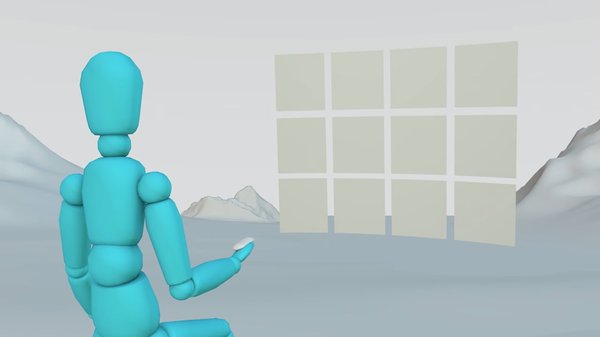
2, interface
What kind of ergonomic interface?
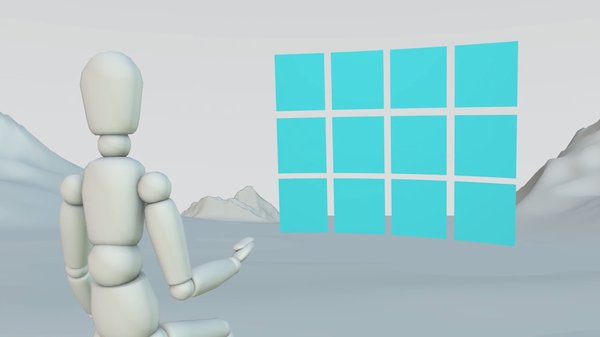
3, the scene
Scenes in VR are also the most important part of producing presece. (usually designed by scene designers and other game art)

4, the input device
How is the user entered in this space?
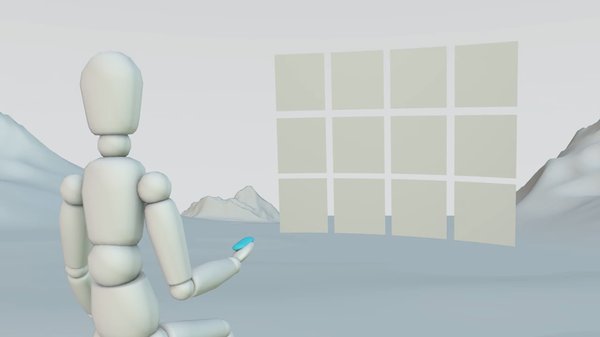
First-person and third-person models
When it comes to building a user model, I first talk about the relationship between two perspectives: for example, a perspective of God, the user is perceived by the third person in the form of existence in this world, this is a more objective perspective.
The other is the first person's point of view, but also VR is different from other games where the user sees, hears, perceives, and has a subjective color, so it is also called a subjective perspective.
For better size, it is generally necessary to place a user's model in VR space: (God's perspective)
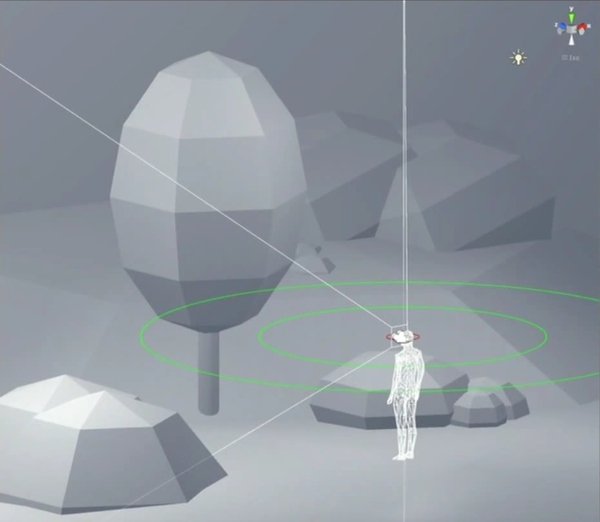
From the subjective perspective of the user:
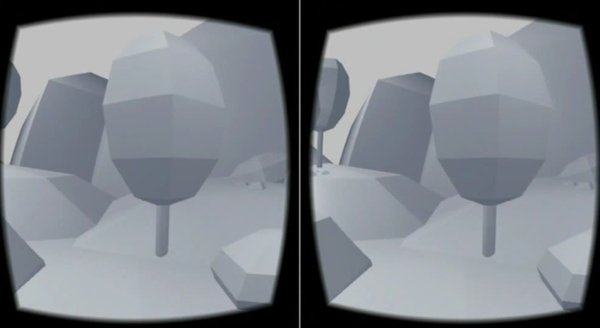
User's posture
So the height at which this person stands is also particular, such as standing, sitting, or running and jumping. The two virtual cameras have corresponding movements. For example, the user is usually sitting on a sofa in the living room, rather than standing in the center of an empty flat ground.
The average user is sitting in a chair and inconvenient to turn around.
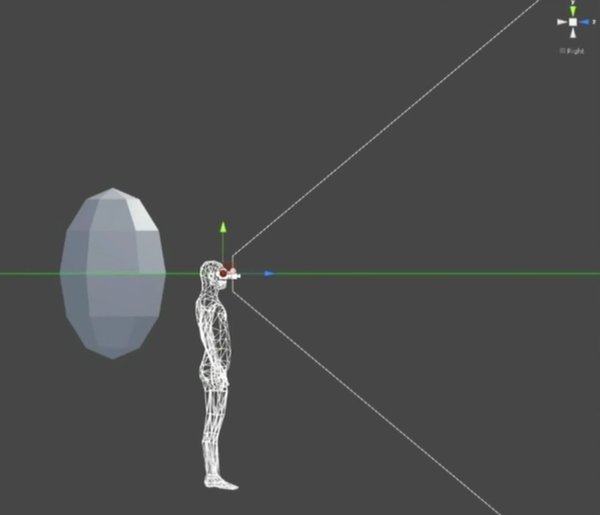
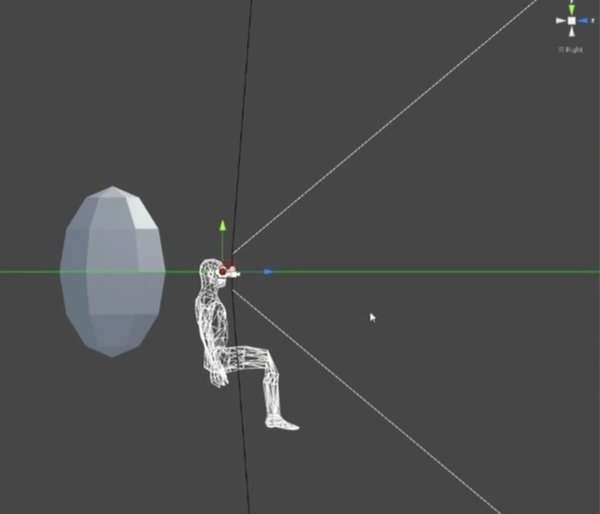
Top view
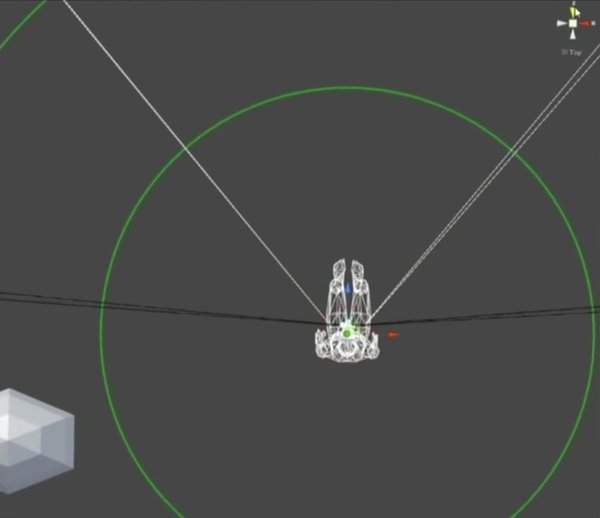
For example, a UI control, you not only need to stand in all aspects of the third person to adjust.
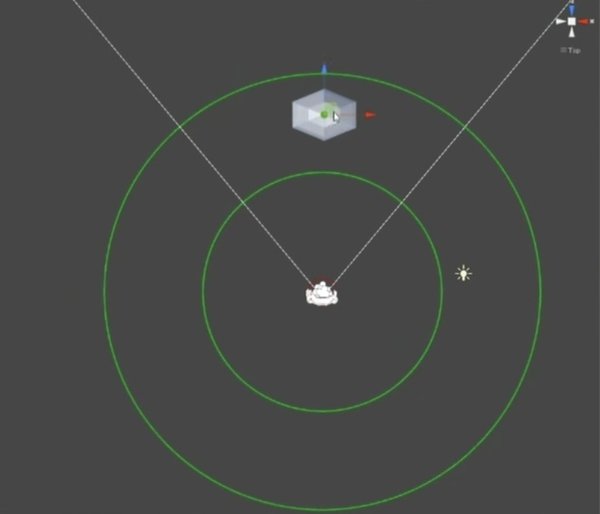
Also wear the first-person HMD to experience it.
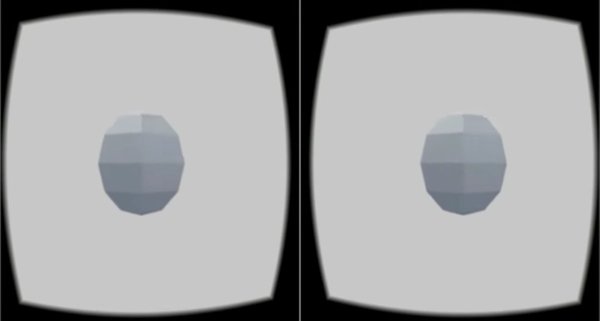
User ratio model
In theory, I want to create an actual user model in the VR space. This model can be transparent and invisible, but it needs to collect physical information from the user.
However, due to technical limitations, there is not much needed: it is used to determine the user's eyes, such as the IPD (inter-pupillary-distance) of the eyes, the diopter, the ear (the size of the eyes), posture, height, and so on.
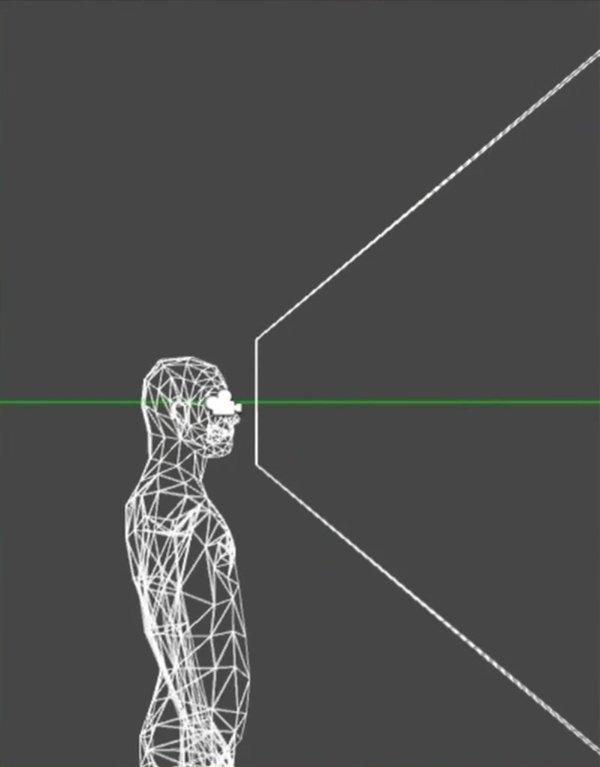
So, (theoretically) these need to be reflected on the basis of different data for each user. For example, my interpupillary distance is 67, and my height is 175cm. Then I use my own body model to design things like walking in VR. The height of 190 people using my body model to walk in VR would feel like squatting. There is a sense of oppression that is not comfortable; people who are shorter than me may feel like they are walking on tiptoes and feel very strenuous. If the interpupillary distance is different, then it's even more uncomfortable...
Of course, I feel this as a user experience teacher who is sensitive to the experience.
However, IPD is one of the most important indicators. I tried to tune in many different IPDs and found that if you increase the IPD, you feel that your head has also been enlarged. If you increase your height at this time, it will be like a giant. general.
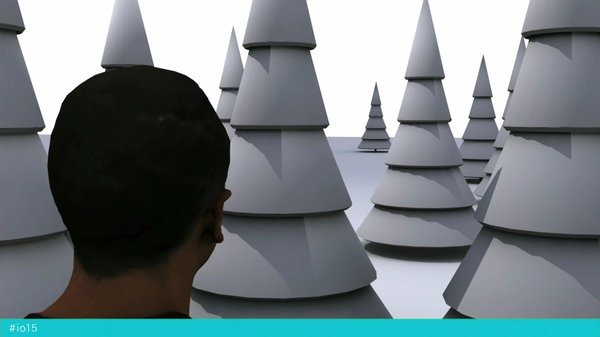
User distance model
When you look closely at something, the eyes will converge and the ciliary muscles will pull tight.
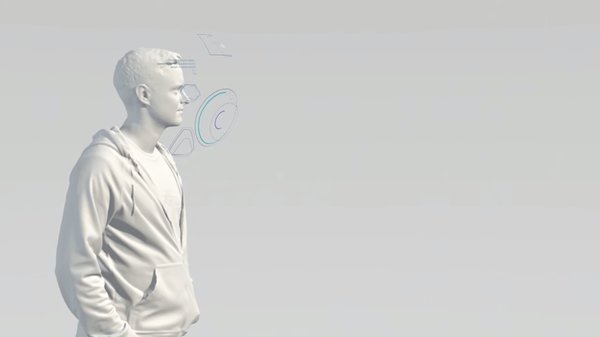
It is difficult to read within a distance of 1-2 meters.
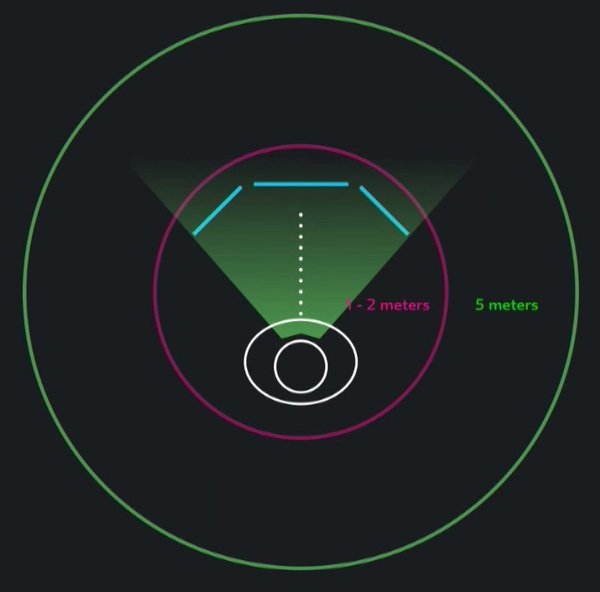
Relax the page element and place it in the comfort zone (2-5 meters) to make the user feel comfortable.
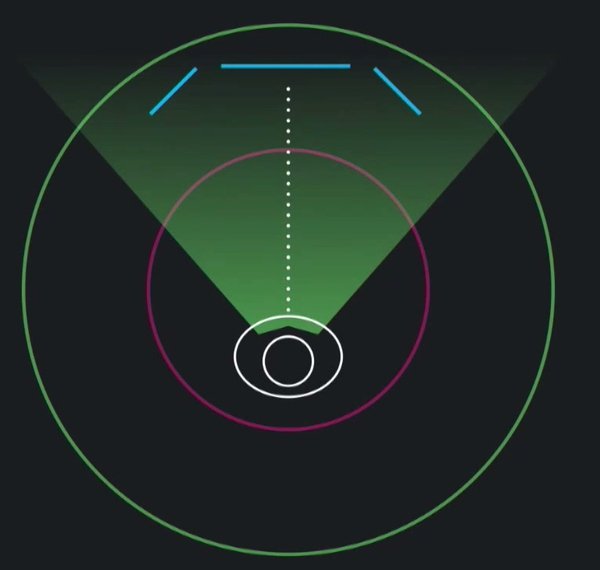
In the same way, it is too far away that the depth expression fails to trigger the accommodation-vergence conflict.
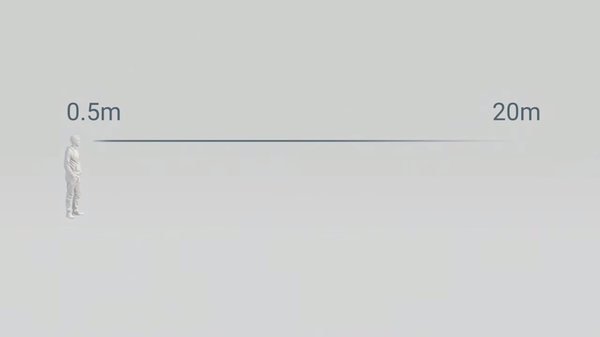
HoloLens is the same.
Hololens's interaction distance, too close will block the line of sight, too far will look less clear.
Since AR is more for application, I can't see a virtual object here, so I'm going to walk and pick it up, so a more efficient method is to use a means to interact with it, such as how Clamp it and throw it away.
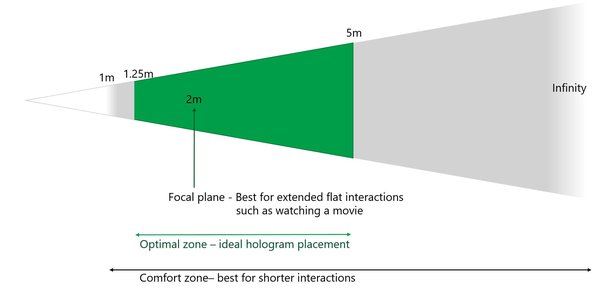
As can be seen from the above, VR design is a very complicated content. 87 Jun hopes to let more people think about VR design, and to use their imagination to use tools to achieve more VR creativity.
With Cummins Engine Generator,Cummins Diesel Generator,Cummins Diesel Generator Set,Cummins Diesel Generator Get
Shanghai Kosta Electric Co., Ltd. , https://www.ksdgenerator.com
